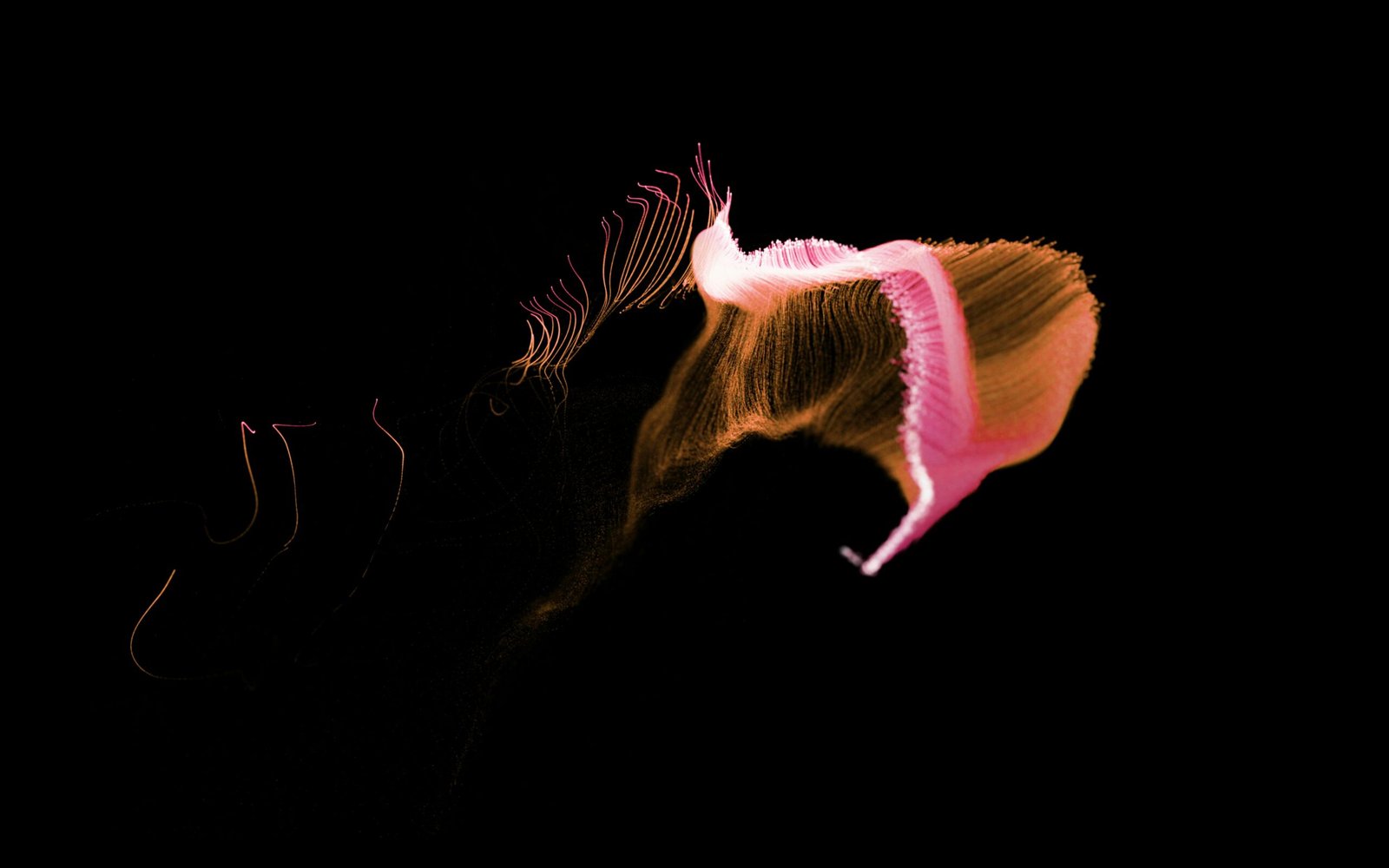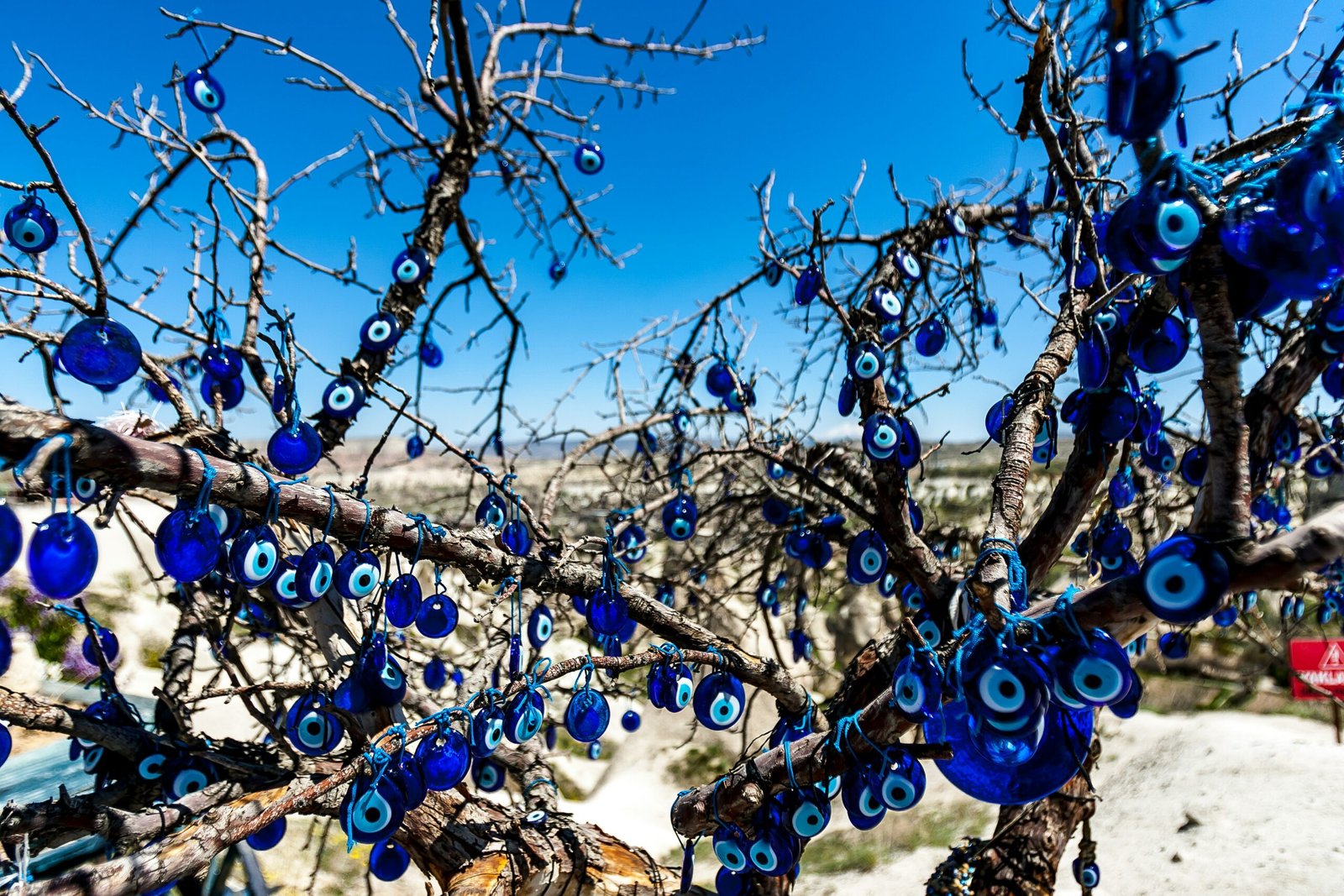Legends and Stories of Shape Shifters and Skin Walkers
Shape shifters and skin walkers are figures deeply embedded in global folklore and mythology, characterized by their extraordinary ability to transform into various animal or human forms. These entities often blur the lines between the natural and supernatural, embodying both fear and fascination across different cultures. A shape shifter is generally defined as a being capable of changing its physical form at will, while a skin walker, particularly in Native American lore, refers to a person with the ability to transform into any creature they desire, often through the use of animal skins.
One of the most prominent narratives of skin walkers comes from the Navajo culture. The term “yee naaldlooshii,” which translates to “with it, he goes on all fours,” epitomizes the Navajo belief in these sinister beings. According to legend, a yee naaldlooshii is typically a malevolent witch who has gained the power to transform into animals such as wolves, coyotes, and bears. These transformations allow them to carry out their malevolent deeds, often under the cover of darkness. The fear and respect for these beings are so profound that even mentioning their name is considered taboo within the Navajo community.
Similar transformative entities can be found in other cultures. Norse mythology speaks of berserkers, fierce warriors reputed to don the skins of bears or wolves, thereby channeling their ferocity and strength in battle. These berserkers were believed to adopt the physical and mental attributes of the animals they emulated, becoming virtually unstoppable in combat. European folklore, on the other hand, offers the enduring legend of the werewolf—a human cursed or capable of voluntarily transforming into a wolf, often during the full moon. These narratives often highlight themes of uncontrollable rage, savagery, and the duality of human nature.
Despite the cultural and geographical differences, common themes emerge in these legends. They frequently revolve around the concept of transformation as a means of gaining power, whether for protection, survival, or malevolent purposes. From a psychological perspective, these stories might represent humanity’s intrinsic fear of the unknown and the uncontrollable aspects of nature. Socially and culturally, they could reflect the community’s attempts to explain unexplainable events or behaviors within their environment.
In contemporary times, sightings and reports of shape shifters and skin walkers continue to capture public imagination. Modern interpretations, often fueled by media and popular culture, have shaped and sometimes sensationalized these ancient legends. Television shows, movies, and books have brought these myths into the mainstream, intertwining them with modern fears and fascinations. The legend of the skin walker, for instance, has been popularized through various media, often depicting these beings as symbols of ultimate terror and mystery.
Recognition and Protection Against Shape Shifters and Skin Walkers
Recognizing shape shifters and skin walkers often relies on identifying certain signs and traits that folklore attributes to these entities. One of the most frequently mentioned indicators is unusual behavior in animals or humans. Animals, for instance, may exhibit an unnatural gait, glowing eyes, or an uncharacteristic wariness or aggression. Humans might display sudden and inexplicable changes in demeanor, erratic behavior, or a physical anomaly such as eyes that seem to change color. Historical accounts often describe these beings as possessing the ability to shift forms quickly, making them difficult to track or identify definitively.
Cultural methods of identification have been diverse and deeply rooted in tradition. Certain rituals or tests, often specific to a culture or region, have been used to reveal the true nature of a suspected shape shifter or skin walker. For example, in some Native American traditions, it is believed that a skin walker can be identified by looking into their eyes, where their true, malevolent nature is said to be visible. Additionally, some cultures use specific chants or spells to force the shape shifter to reveal their true form.
When it comes to protection against these entities, traditional tools such as talismans, amulets, and herbs play a significant role. Many cultures believe that certain plants, such as sage or juniper, can ward off malevolent spirits when burned or carried. Amulets made of specific materials, like silver or iron, are also thought to offer protection. In more modern interpretations, these protective measures have evolved to include practices such as energy shielding, where individuals visualize a protective barrier around themselves, and the use of affirmations to strengthen mental resilience.
The role of intention and belief in these protective measures cannot be overstated. Psychological studies have shown that feeling protected can significantly impact one’s mental state, providing a sense of security and reducing anxiety. This sense of empowerment can be crucial in situations where individuals feel vulnerable to malevolent forces.
However, it is essential to note that not all shape shifters and skin walkers are depicted as malevolent. Various cultural perspectives offer a more nuanced view, suggesting that these beings may sometimes serve as protectors or guides. For instance, certain Native American legends speak of shape shifters who assist in spiritual journeys or provide wisdom. Understanding these diverse narratives can provide a more comprehensive perspective on the true missions and nature of shape shifters and skin walkers.






Leave a Reply